(September 4, 2023) “I think I was born a little early because I’m already 75 and the remarkable era of space exploration programmes begins now but as an Indian, I join my hands and congratulate ISRO for the great success,” said cosmonaut Rakesh Sharma, on the success of Chandrayaan-3 mission while speaking to National Geographic.
Whenever people talk about important milestones in India’s space exploration, the name of Rakesh Sharma is bound to come up. It’s a name that no well-informed Indian can ever forget.
Though many Indian-origin people have gone to space; in the population of 1.4 billion people, Rakesh Sharma remains the first and the only Indian citizen so far to have achieved this feat.
The conversation between astronaut Rakesh Sharma and the then Prime Minister Indira Gandhi while he was in space is still widely remembered. His response, ‘Saare Jahan Se Achha’ (better than the entire world), when she asked how India looked from space, became a source of pride for the entire country. This interaction contributed to Rakesh Sharma’s status as a national hero.

Rakesh Sharma
From space the world seems borderless
“When you go into the space, the first thing you do when you look out from the window is to look for your country. You say, ‘yes, it’s quite like what the Geography books have said’. After seeing it over and over again when you shift your focus, you look at the neighbouring countries and then you start realising from up there that boundaries are not visible – that they are man-made, and then you start developing that global outlook,” Rakesh Sharma told children when he visited one of the schools.
When you have the tricolour on your arms, your performance goes beyond your potential. It’s like having a purpose higher than yourself, and when you have that purpose, things become a lot easier.
Rakesh Sharma remarked
The trailblazer’s story
In January 1982, a decision was made that an Indian would go to space on a Soviet spacecraft. It was a joint mission of ISRO and the Soviet Interkosmos Space Programme.
This big decision inspired Squadron Leader Rakesh Sharma to volunteer for this tough mission. After a very careful selection process, including a thorough medical test, he was chosen as one of the two candidates to become astronauts from a group of 150 highly qualified Indian Air Force pilots.
Once he was selected, Sharma went through extensive astronaut training at the Yuri Gagarin Centre in the USSR. During this time, he showed strong dedication and commitment, which impressed the experts of the Soviet Space Programme. The Squadron Leader successfully finished a very tough training programme, standing out for his exceptional professionalism and great performance.
Then, on April 3rd, 1984, he scripted history by becoming the first Indian to complete a space mission in orbit. Throughout the joint Indo-Soviet Space Mission, he did all the planned scientific experiments and other tasks really well, showing impressive skill and excellence. Through his achievements, Rakesh Sharma not only earned his place among respected space pioneers but also brought a lot of honour and pride to the country.
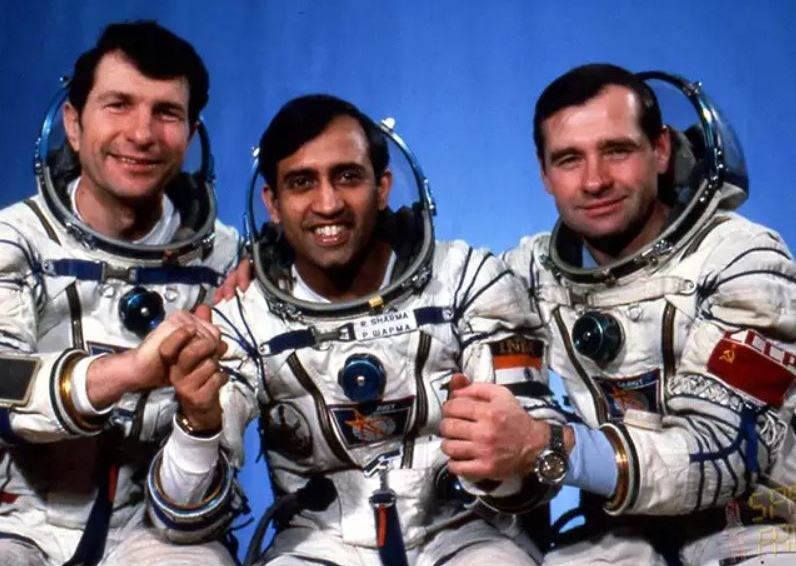
Rakesh Sharm with his team members Yury Malyshev and Gennadi Strekalov
It takes your breath away…
Right from his childhood Rakesh Sharma was captivated with the news of space. He followed every development related to space and the lives of the astronauts, oblivious of what the future beholds for him.
“There were no television sets then but our generation closely followed each and every information that they came across in the print media to know all about the astronaut training and experiences in space,” he told the school children.
I was the 128th guy in the world to go to space. By that time, there was already a lot of information available in the print, audio and visual media. So, I was pretty much prepared for what to expect but still, it takes your breath away when you go up there.
Rakesh Sharma shared
Sharma’s space odyssey
The first Indian citizen to travel into space accomplished the historic feat by embarking on a journey aboard the Soviet rocket Soyuz T-11, which was launched from the Baikonur Cosmodrome in the Kazakh Soviet Socialist Republic on April 3, 1984. The spacecraft carried a crew that included Sharma, the ship’s commander Yury Malyshev, and flight engineer Gennadi Strekalov to the Salyut 7 Orbital Station.
During his time aboard the Salyut 7, which lasted for 7 days, 21 hours, and 40 minutes, Sharma and his team conducted a range of scientific and technical studies. These encompassed 43 experimental sessions, with a primary focus on fields like bio-medicine and remote sensing.
In their celestial voyage, they captured mesmerising views of space in the absence of gravity.
The crew held joint television news conferences from space, connecting with officials in Moscow and India’s Prime Minister at the time, Indira Gandhi. This mission made India the 14th nation to achieve the remarkable milestone of sending a human into outer space.
All praise for ISRO
“ISRO was working on a very carefully crafted plan of the luminaries like Vikram Sarabhai who envisioned that all our efforts on space must have a socio-economic focus and everything must trickle down to the common man,” he said.
Speaking highly of ISRO, Sharma remarked, “It has never competed with any other nation, and has received spectacular success.”
Yoga and music in space
“One problem with space flight is that people can become less productive because of space sickness in the environment of zero gravity,” Rakesh Sharma mentioned.
While aboard, his other two Russian crew members followed their own training profile to address the space sickness issue but Rakesh Sharma had strong belief in Yoga.
“Two-three months before the launch of our space programme, I had stopped training as per their profile. I did only yoga. It was my way to check whether yoga would prove to be helpful in addressing the space sickness problem,” he remarked. “The other two were experienced cosmonauts so they adjusted pretty well to zero gravity and I being the first timer did not face any problem either,” added the Global Indian.
The crew was allowed to take one kilogram of personal stuff in space. The Russian astronauts carried a guitar while Sharma carried a cassette player and a cassette of his favourite music.
A naughty child
Rakesh Sharma was born on January 13, 1949, in Patiala, Punjab. Growing up in a modest household he had an affinity for flying from a young age.
He was a naughty child who often got punished by his teachers who made him stand at the back of the class.
After completing his schooling from St. George Grammar School, Hyderabad, and graduation from Nizam College, he joined the National Defence Academy (NDA) as an air force plebe. Subsequently he joined the Indian Air Force as a test pilot in 1970. Sharma was only 21 then.
Maths was never my favourite subject – English literature, English language and biology was. But during my test pilot training I did a master’s level aeronautical science course with mathematics as an important subject. Maths was coming out of my ears but I did manage to finish that course.
Sharma said in an interaction with children evoking laughter.
Difficulty in getting parents’ consent
Rakesh Sharma’s father worked for Punjab National Bank and later switched to state government service. His mother was an educationist. “I had difficulty in getting consent from my parents to allow me to fly fighter aircraft because we didn’t have any other family members in the air force except for a cousin of mine who had died in an air crash two months after he was commissioned,” he shared.
But looking at how adamant he was to join the Airforce, Sharma’s parents gave in. However, his mother set a condition. “I want you to promise that you will be very good at what you are choosing because that will keep you ahead of the game, and that’s the only way you will be safe,” she said.

Rakesh Sharma
Sharma’s dedication and skill earned him the opportunity to fly various aircrafts. While serving as a military pilot, he participated in dangerous combat missions on board a MiG-21 aircraft during the 1971 Bangladesh War.
From fighter pilot to astronaut
Progressing through numerous levels, Sharma was promoted to the rank of squadron leader in the IAF.
It was his exceptional performance as a pilot that caught the attention of the authorities when the Indian Space Research Organisation (ISRO) sought to send an Indian into space. In 1982, Rakesh Sharma was chosen for this historic mission.
If it hadn’t been for my career as a fighter pilot, I wouldn’t have gone to space. If I were to live my life again I would again try to become a fighter pilot. It still remains an interesting job with new verticals like automation and artificial intelligence added to it now.
Rakesh Sharma remarked
Awards and honours
After his return from space, Sharma was conferred the prestigious title of the Hero of the Soviet Union. He continues to hold the unique distinction of being the sole Indian recipient of this honour.
In India, Sharma and his two Soviet mission companions, Malyshev and Strekalov were honoured with the highest peacetime gallantry award, the ‘Ashoka Chakra’.
Life after retirement
After retiring as a wing commander of the Indian Air Force, Sharma joined Hindustan Aeronautics Limited (HAL) in 1987, assuming the role of chief test pilot at the HAL Nashik Division. In 1992 he moved on to HAL’s Bangalore division. In 2001, his flying career came to an end.
Immediately after that, Sharma held the position of non-executive chairman at Cadila Labs, a company based in Bengaluru that specialises in innovative automation solutions. He also played a significant role in ISRO’s Gaganyaan National Advisory Council, supervising the astronaut selection programme.
Sharma has been leading a life full of tranquillity in the quietude of Coonoor in Tamil Nadu with his wife, Madhu. They savour the pleasures of golfing, gardening, yoga, reading, watching films and listening to music which ranges from Hindustani classical, to western and Sufi numbers.
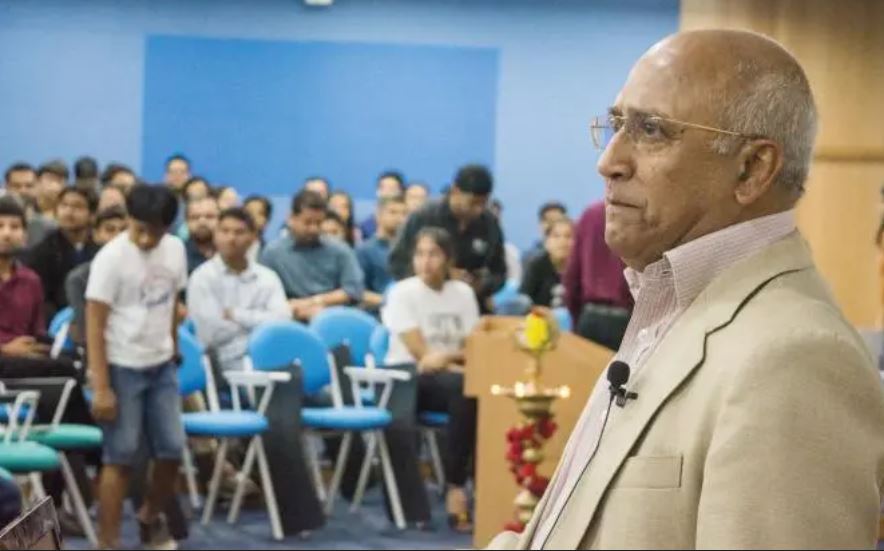
Rakesh Sharma during an interaction session with students
Inspiration for all
Rakesh Sharma has extensively travelled across schools and colleges of India sharing his first-hand experience of being in space with youngsters.
Sharma’s impact reverberates through the pages of history books and India’s journey among the stars. He continues to symbolise boundless exploration of space and the aspirations of humanity.


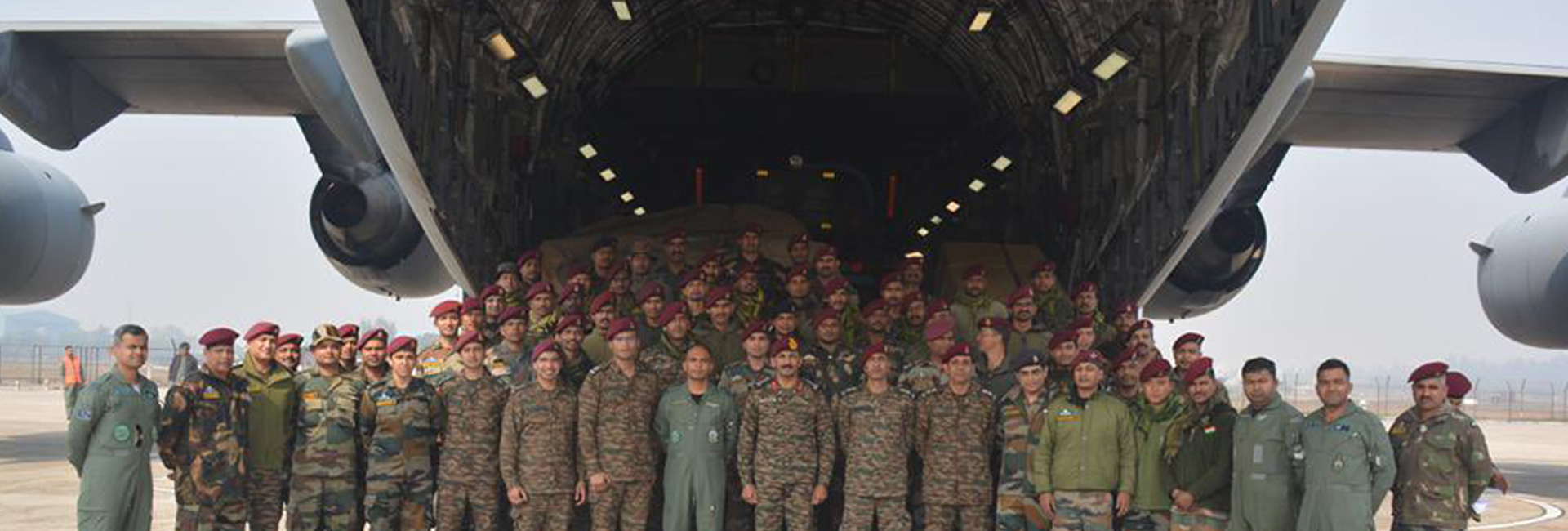
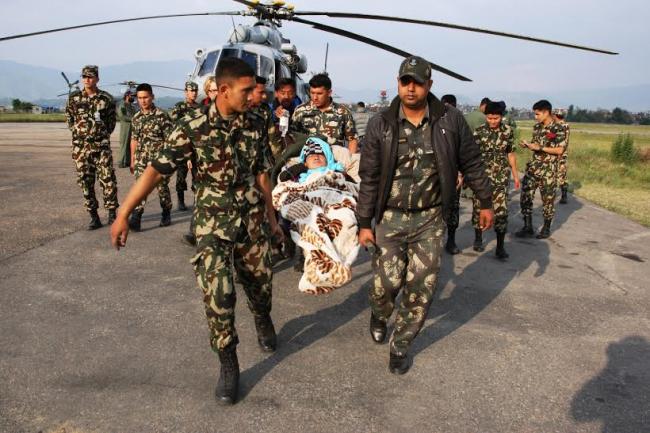
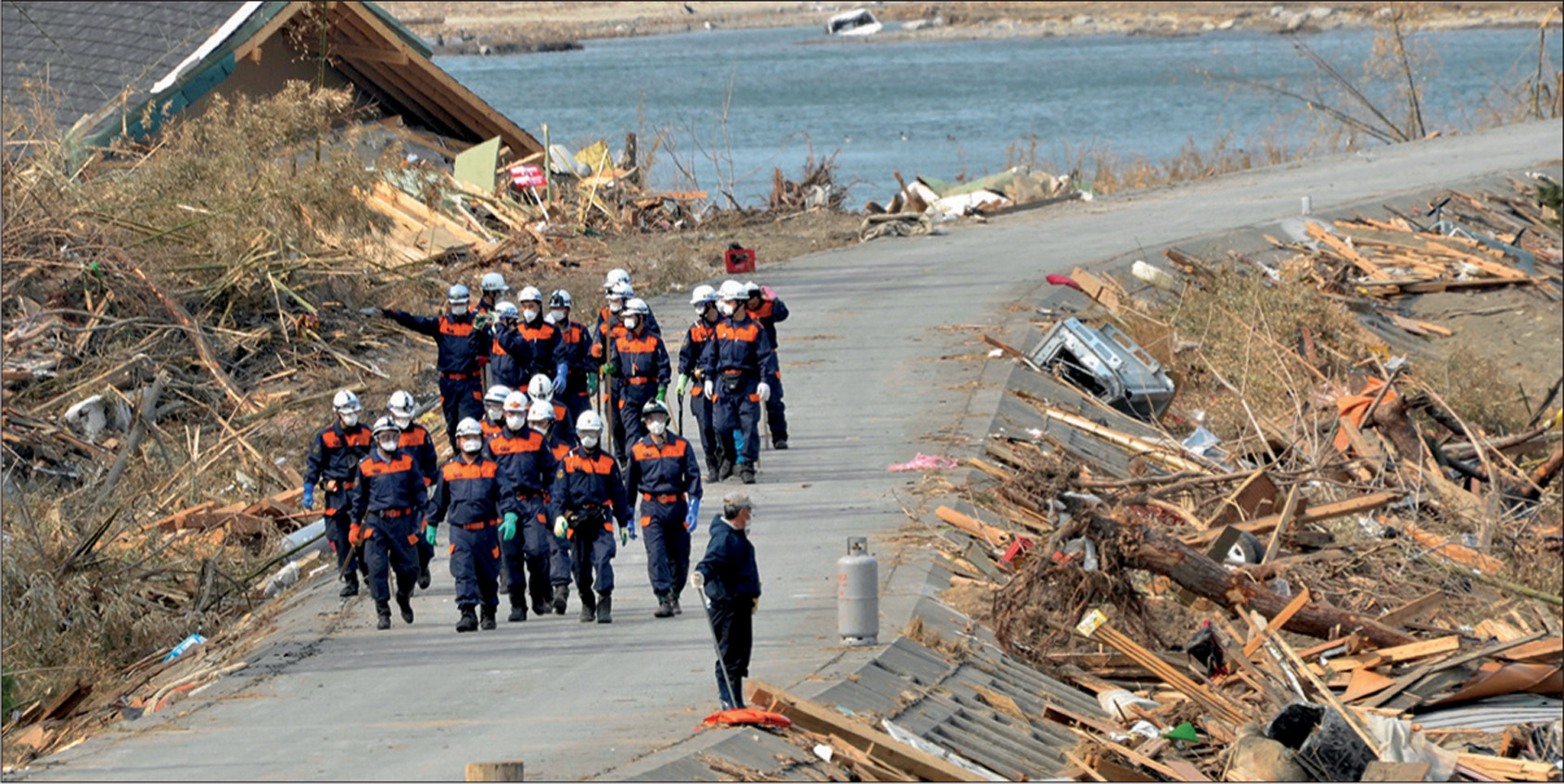
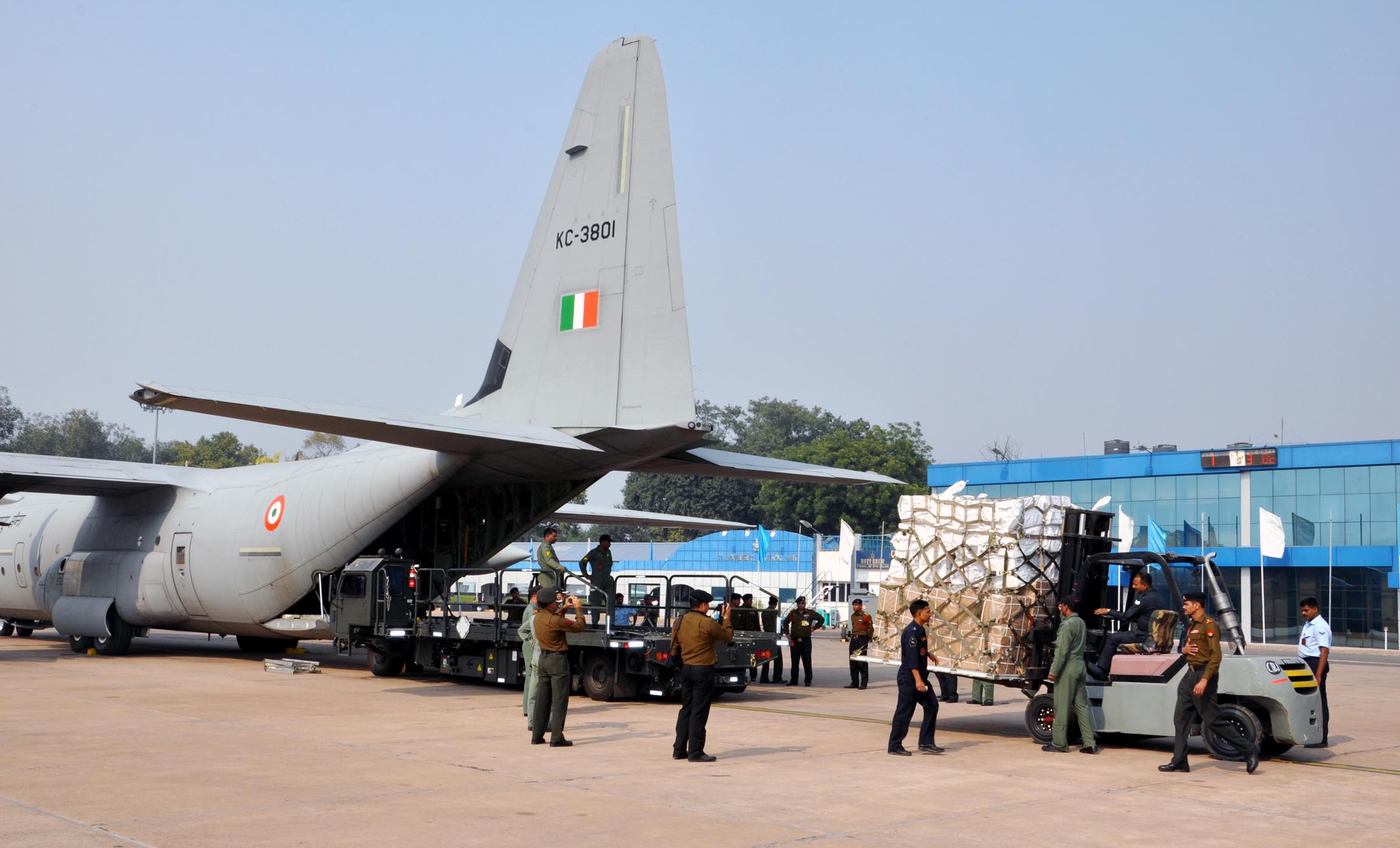
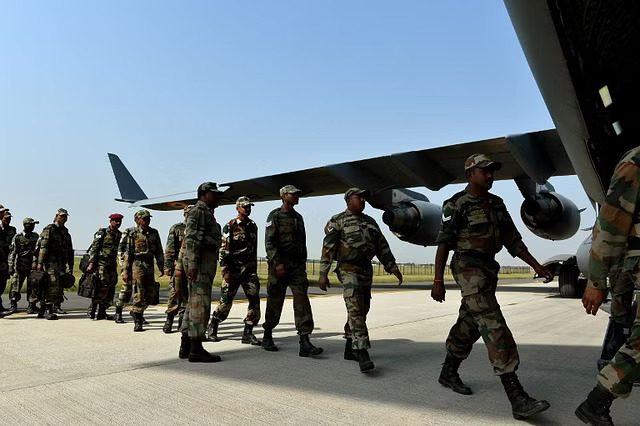
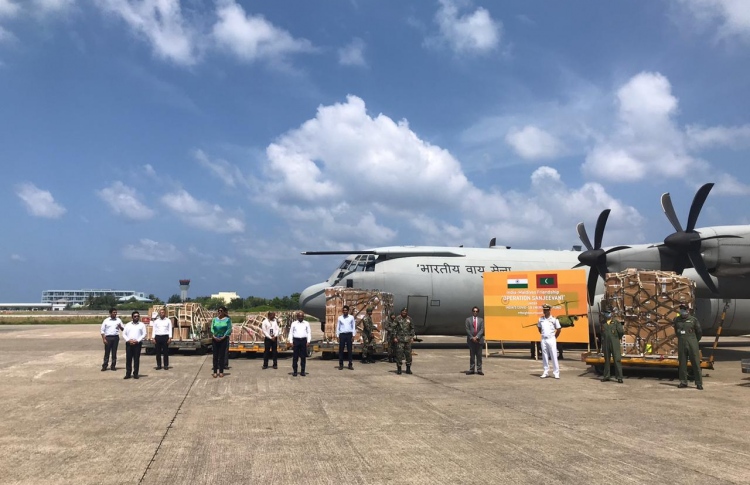
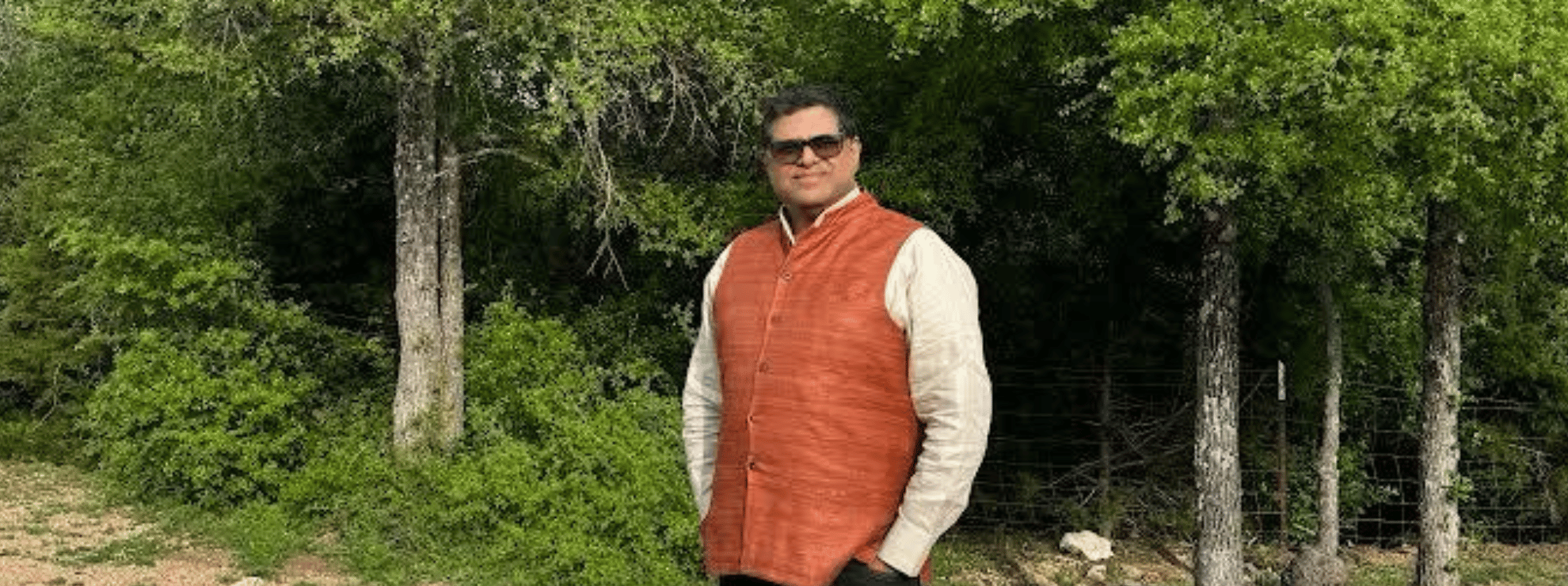
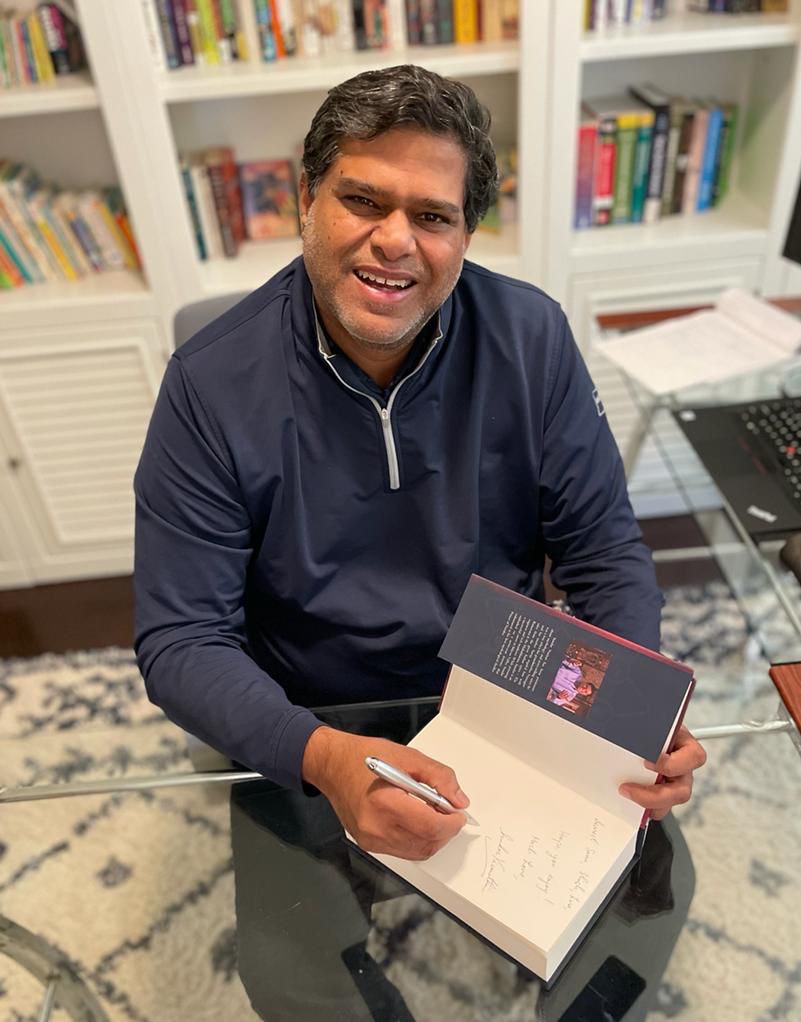 Sundar Nathan[/caption]
Sundar Nathan[/caption]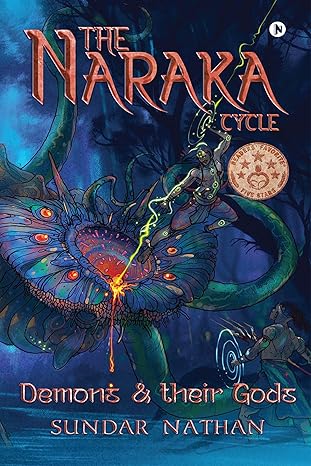 Book 2 of
Book 2 of 
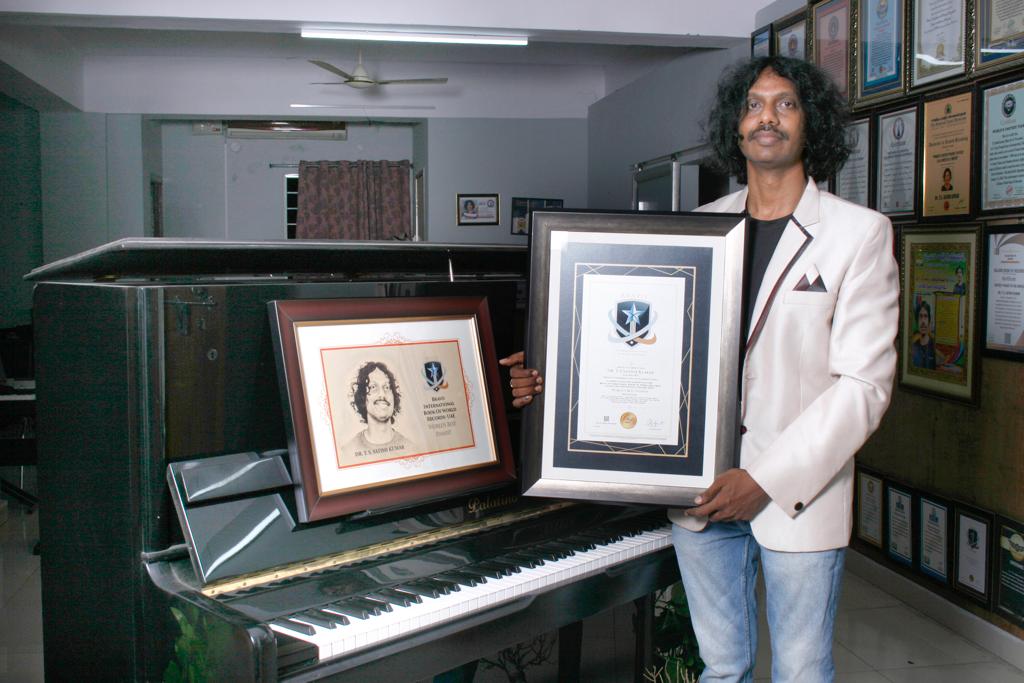
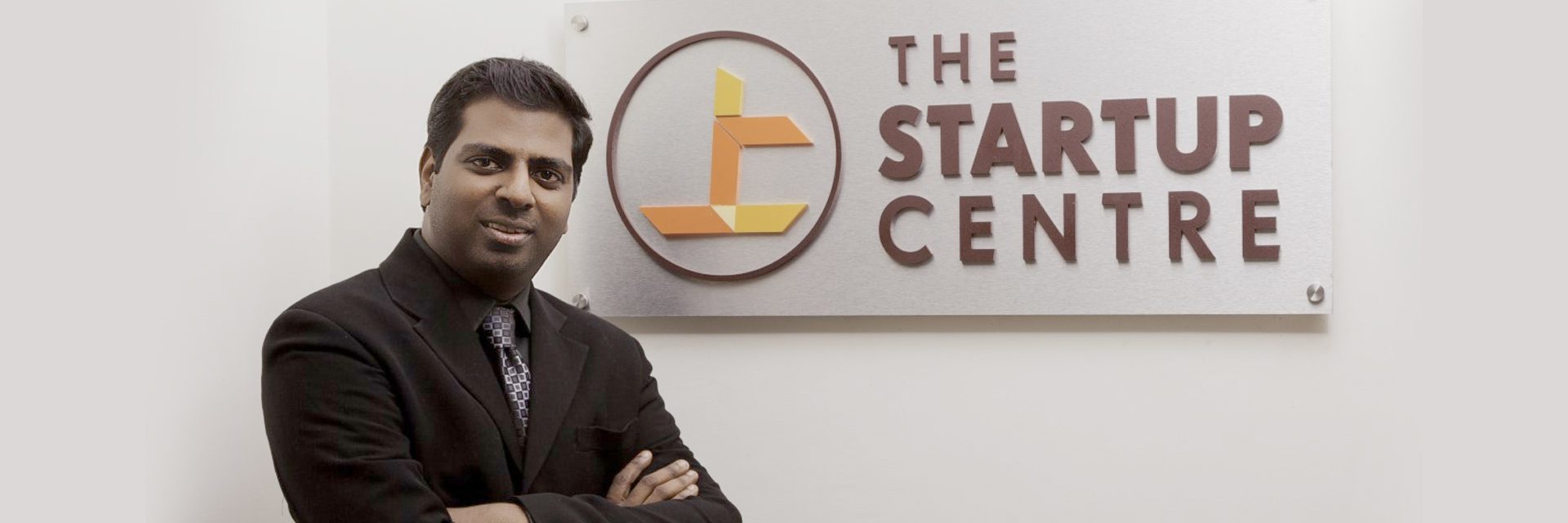
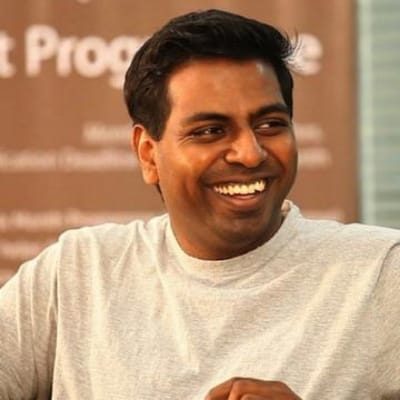
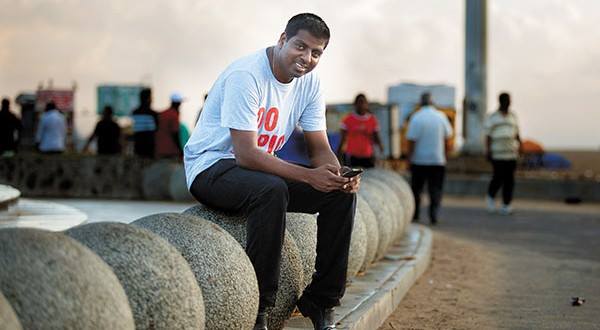

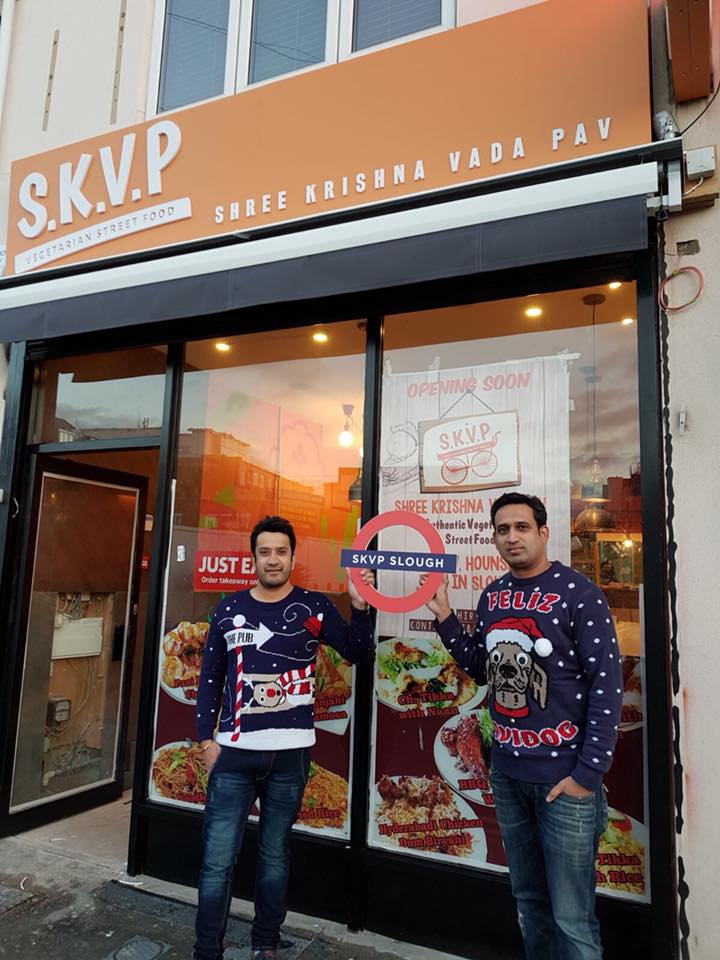 Sujay Sohani and Subodh Joshi[/caption]
Sujay Sohani and Subodh Joshi[/caption]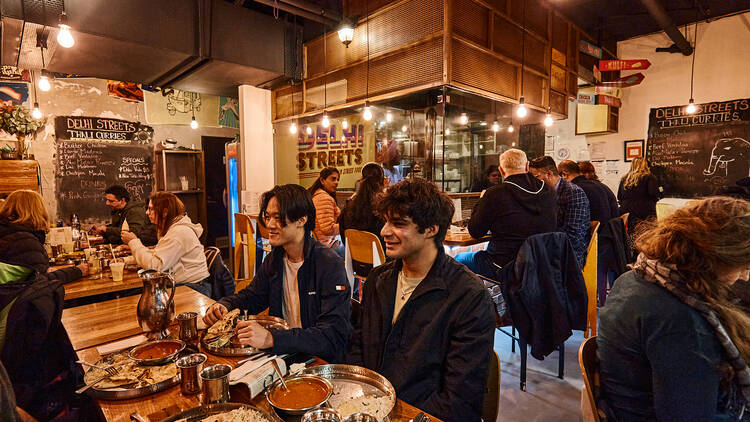
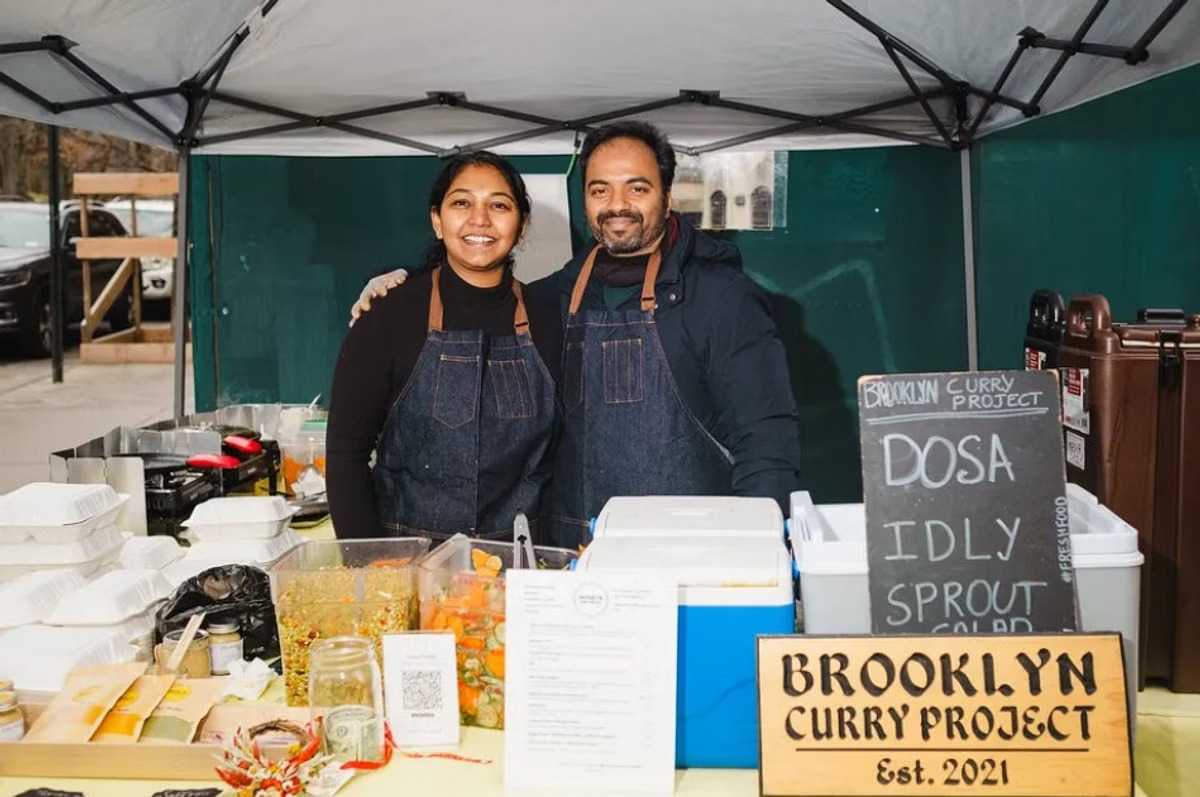
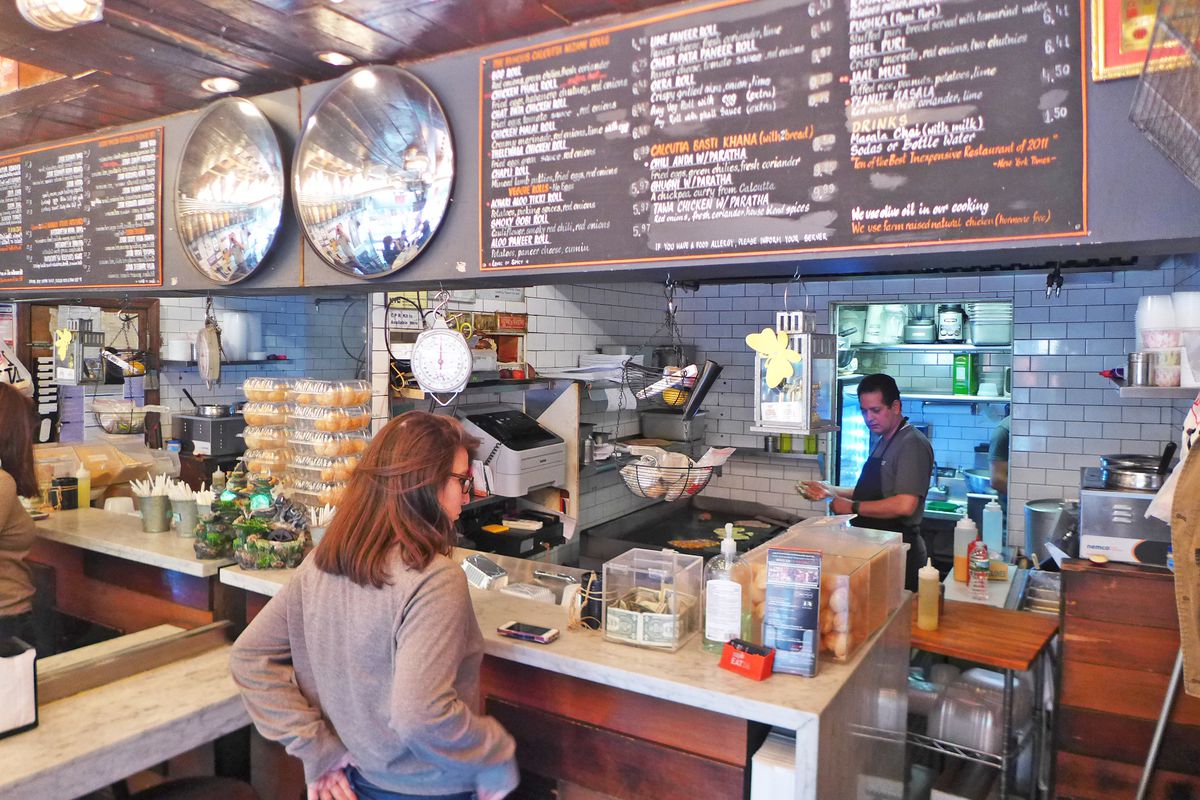

Looks like Mahendra singh Dhoni . both are great Indians.